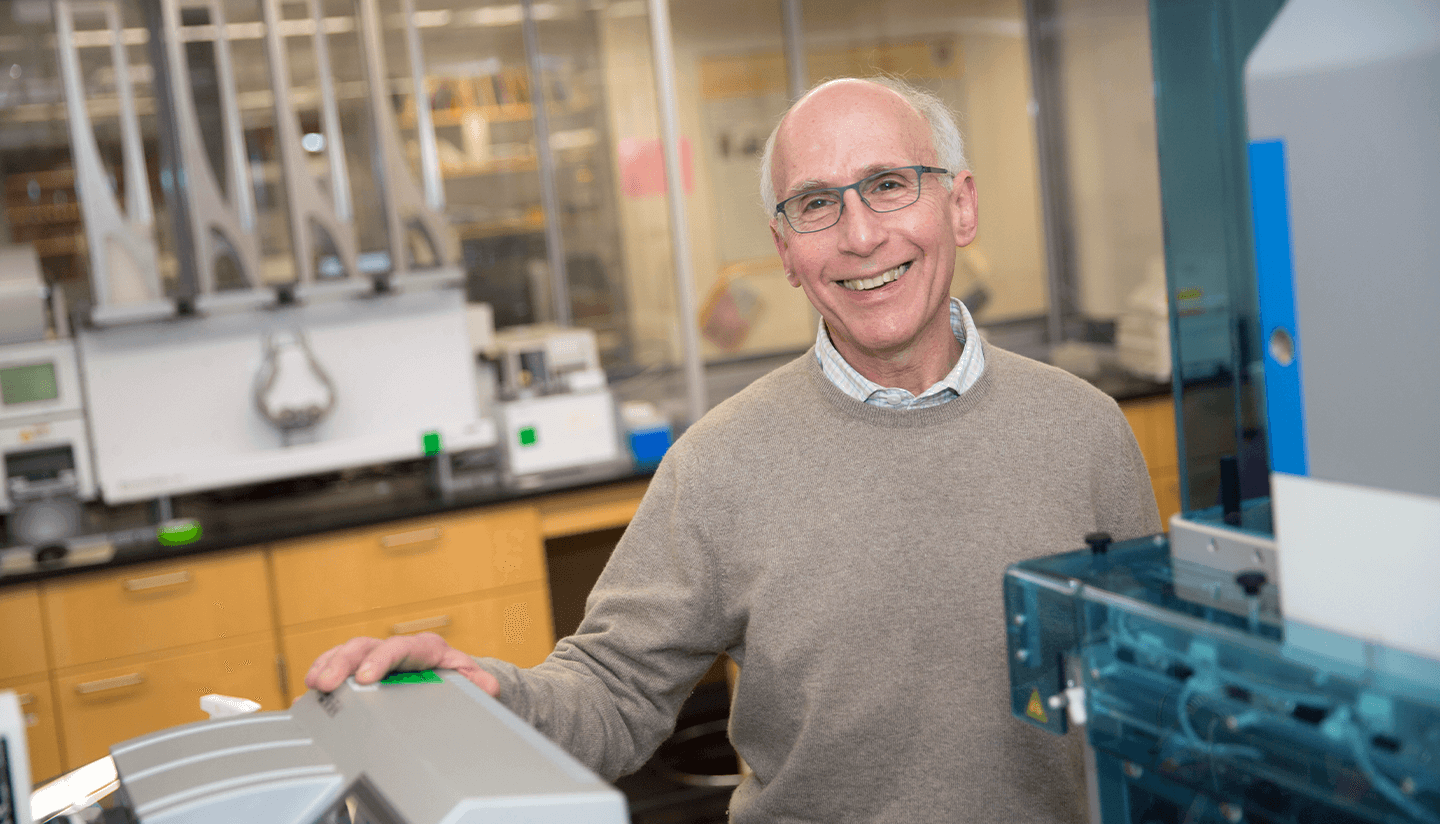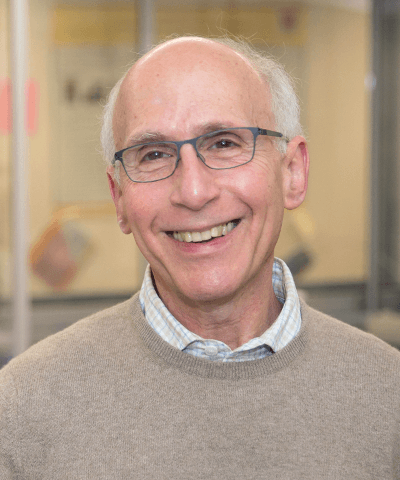
A groundbreaking project, a collaborative effort sponsored by the SMA Foundation, involving the expertise of Harvard’s Lee Rubin and David Mooney, and Boston Children’s Hospital’s Clifford Woolf, is set to redefine the treatment landscape for Spinal Muscular Atrophy (SMA) and potentially other neuromuscular diseases such as ALS. This inclusive approach, where the three labs combine their different sets of expertise in the areas of tissue engineering and stem cell biology, aims to promote recovery from disease by enabling regeneration of the entire neuromuscular system.
The Disease and Current Treatments
SMA is a genetic disorder characterized by the loss of motor neurons and abnormal muscle development, which combine to produce severe muscle weakness and loss of motor function. It is caused by mutations in the survival motor neuron (SMN) gene, leading to a splicing defect that produces a shortened, unstable SMN protein.
Current treatments include Zolgensma, a gene therapy that delivers a copy of the normal gene, and two therapies that correct the splicing defect: Spinraza (nusinersen), an antisense oligonucleotide, and a small molecule, Evrysdi (risdiplam). These treatments have significantly improved survival and quality of life for SMA patients, particularly when administered early. However, they do not fully address the neuromuscular defects in patients receiving treatment, typically after the disease has already begun to manifest.
While the SMA Foundation funded much of the work that went into discovering these three therapeutics, it remains committed to funding new research – in this case, a fundamentally new approach based on regenerative medicine.
The New Regenerative Approach
The new 3-year project spearheaded by Rubin, Mooney, and Woolf aims to address these residual defects through a multi-faceted approach.
Muscle Regeneration: Lee Rubin’s lab will focus on the muscle side of the disease. Rubin explains that although current therapies have halted disease progression, they do not reverse existing muscle weakness. Rubin’s team will utilize a new method of producing muscle stem cells (satellite cells) capable of regenerating muscle tissue. This innovation, recently published in Nature Biotechnology, promises to restore muscle function that has been lost due to SMA.
Motor Neuron and Axon Guidance: Clifford Woolf’s lab will tackle the challenge of motor neuron regeneration. While it is possible to generate motor neurons from stem cells and inject them into the spinal cord, they fail to extend axons all the way to the muscles in adults or older children. This is likely due to a combination of a lack of growth capacity and an absence of those developmental guidance cues present during embryonic stages. Woolf’s team will work both on creating appropriate motor neurons to replace those lost as a consequence of the disease and also on developing molecules that promote the reinnervation of muscles by motor neurons by enabling axon regeneration.
“The focus on treating SMA has until now been entirely on halting disease progression in babies, which has been very successful, but nevertheless leaves the patients with some permanent motor deficits since the disease is initiated in the embryo, Woolf explains. “We now wish to combine these neuroprotective interventions with novel regenerative ones that will also enable recovery of any lost function.”
Material Engineering for Axon Growth and Muscle Regeneration: David Mooney’s lab will develop materials that provide the necessary guidance cues for axon growth and enhance muscle regeneration. Historically, delivery of therapeutic agents (drugs and cells) without control over the location and rate of release typically requires large doses to stimulate a therapeutic effect, and the dosing must be frequently repeated; these high, repeated doses, beyond the waste and added expense, can lead to increased toxicity or undesirable side effects.
For axon growth, materials infused with chemo-attractants like growth factors, will be placed outside the spinal cord to create a gradient that directs axons towards the muscles. This approach mimics the natural developmental environment, encouraging axons to extend out of the spinal cord and reach their muscle targets. If needed, similar materials will be placed near the muscles to ensure axons follow the correct path.
“I am excited to collaborate with Drs. Rubin and Woolf and develop bioengineering tools to enhance the effectiveness and specificity of their new cell and molecular strategies to promote regeneration in the context of SMA,” adds Mooney.
While the immediate goal is to develop effective regenerative therapies for SMA patients, the broader implications extend to various neuromuscular diseases like ALS, where similar neuromuscular defects are observed but manifest in adults. The team hopes this type of collaboration will provide a template for these other neuromuscular disorders.
The anticipated outcomes of this project could be significant. “For SMA patients who have already received one of the available therapies but still suffer from muscle weakness and loss of function, the new regenerative therapies could restore significant levels of physical ability,” Rubin explains. This improvement in quality of life is particularly poignant for those who missed the window for very early intervention.
The integration of developmental biology, material science, and regenerative medicine promises new therapeutic paradigms that could revolutionize the field.
